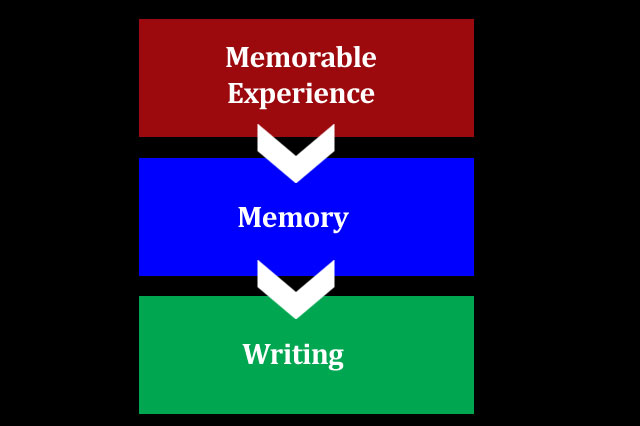Gothic works seem to be as undead as the characters parading through them. Individual… species might come and go – vampires were trendy couple of decades ago, then we had zombies – but the fact remains: Gothic and horror fiction* will remain relevant, reflecting inner human fears. Gothic characters are merely manifestations of our own fears, both personal and social.
*read my article on the differences between Gothic, horror and science fiction
In today’s article I’d like to show you a sample of just how many secrets Gothic characters might hide. Forgive my somewhat assuming title, but whereas many know of Count Dracula and some might know there is something odd (indeed queer) about his sexuality, how many could claim to know the secrets around, say, the character of Quincey Morris?

Without further delay, let’s begin our list. The Gothic characters I have picked are:
- Margaret Saville, Frankenstein
- Belle, A Christmas Carol
- Quincey P. Morris, Dracula


